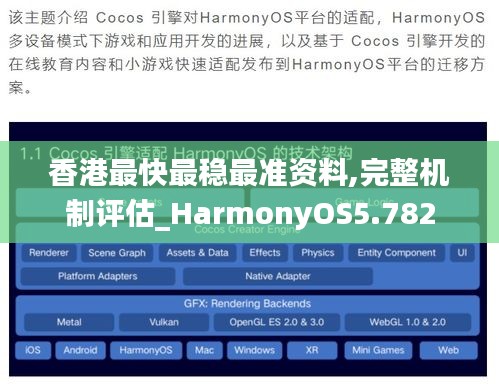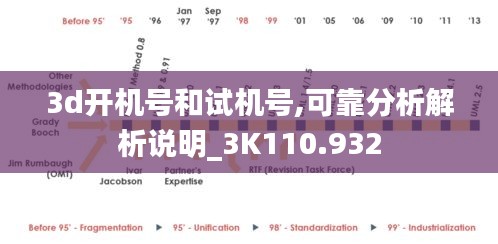Breaking Barriers: The Revolution of Real-Time Translation in English Edition Books
标题:Breaking Barriers: The Revolution of Real-Time Translation in English Edition Books
Introduction
In the digital age, the world has become more interconnected than ever before. The exchange of ideas, cultures, and information has been accelerated by advancements in technology. One such innovation that has transformed the way we consume content is real-time translation. This article delves into the revolution of real-time translation in English edition books, exploring its benefits, challenges, and the future it holds for global readership.
The Rise of Real-Time Translation
Real-time translation has been around for a while, but it has gained significant traction in recent years, thanks to the advent of powerful algorithms and sophisticated technology. With the help of artificial intelligence and machine learning, real-time translation services have become more accurate, efficient, and accessible. This has opened up a world of possibilities for readers who were previously limited by language barriers.
Benefits of Real-Time Translation
One of the most significant benefits of real-time translation in English edition books is the democratization of knowledge. Here are some key advantages:
Accessibility: Readers from diverse linguistic backgrounds can now access a wider range of books without the need for language proficiency.
Efficiency: Real-time translation allows readers to consume content at a pace that suits them, without the delay of waiting for a human translator.
Engagement: With instant access to the translated text, readers can engage more deeply with the material, understanding nuances and cultural contexts.
Cost-Effectiveness: Real-time translation services are often more affordable than traditional translation methods, making literature more accessible to a broader audience.
Challenges and Limitations
While real-time translation has its benefits, it is not without its challenges and limitations:
Accuracy: Although AI has made significant strides in translation accuracy, it still struggles with complex language structures and cultural nuances.
Contextual Understanding: Real-time translation may not always capture the full context of a sentence, leading to potential misunderstandings.
Technical Issues: Connectivity issues or limitations in the technology can disrupt the translation process.
Job Displacement: The increasing reliance on real-time translation might impact the livelihoods of professional translators.
The Future of Real-Time Translation
The future of real-time translation in English edition books looks promising. Here are some potential developments:
Improved Accuracy: As AI technology continues to evolve, the accuracy of real-time translation is expected to improve, making it more reliable for readers.
Enhanced User Experience: Integration with e-readers and other devices will likely lead to a more seamless and intuitive translation experience.
Collaboration with Human Translators: Real-time translation services may increasingly rely on the expertise of human translators to ensure quality and accuracy.
Global Content Creation: The ease of translation will encourage more authors and publishers to create content that is accessible to a global audience.
Conclusion
Real-time translation in English edition books has the potential to revolutionize the way we read and engage with literature. While it comes with its challenges, the benefits it offers in terms of accessibility, efficiency, and engagement are undeniable. As technology continues to advance, the future of real-time translation looks bright, promising a more inclusive and diverse literary landscape for readers worldwide.
The Revolution of Real-Time English Video Translation Tools
The Ultimate Guide to Real-Time Synchronized English Live Streaming Software
Navigating the Urban Jungle: The Importance of Real-Time Traffic Information
Green Nature Travel Guide: Discover Nature in English with Our Travel Guide
bong官网激活码及sketch官方下载,系统解答解释定义|Notebook_v5.945
转载请注明来自四川春秋旅游有限责任公司锦绣路分社,本文标题:《Breaking Barriers: The Revolution of Real-Time Translation in English Edition Books》










 蜀ICP备17014439号-1
蜀ICP备17014439号-1